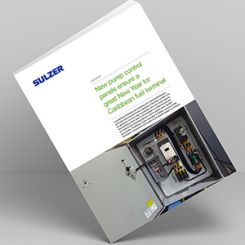
The Equipment Leasing and Finance Association’s (ELFA) Monthly Leasing and Finance Index (MLFI-25), which reports economic activity from 25 companies representing a cross section of the $1 trillion equipment finance sector, showed their overall new business volume for October was $10.4 billion, down 8% year-over-year from new business volume in October 2022. Volume was up 7% from $9.7 billion in September. Year-to-date, cumulative new business volume was up 0.7% compared to 2022.
Receivables over 30 days were 2.5%, up from 2.3% in September and up from 1.7% in the same period in 2022. Charge-offs were 0.42%, up from 0.36% the previous month and up from 0.26% in the year-earlier period.
Credit approvals totaled 76%, up from 73.6% in September. Total headcount for equipment finance companies was down 0.6% year-over-year.
Separately, the Equipment Leasing & Finance Foundation’s Monthly Confidence Index (MCI-EFI) in November is 42.8, an increase from the October index of 40.1.
ELFA President and CEO Ralph Petta said, “Despite a set of sound metrics in the U.S. economy, MLFI participants report slight increases in both losses and delinquencies. This softness in credit quality is indicative of the challenges experienced by some businesses as they operate in a higher interest rate environment, constrained in some sectors, at least, by reports of a pull-back in bank lending. Origination activity for the year continues to be in acceptable ranges.”
Dennis Bolton, Senior Managing Director, Head of Equipment Finance North America, Gordon Brothers, said, “All metrics continue to reflect the equipment finance industry’s stability and resilience. The trends are consistent with the economic environment and market turmoil resulting from quantitative tightening, inflation, employment and supply chain disruption. Volume declines, delinquencies and charge-off increases are moderate particularly after periods of such artificially low comparable results. All in all, the industry has performed well and displayed its ability to effectively manage relationship, credit and equipment risk. While challenges remain, the industry is well positioned to manage these challenges and support continued equipment investment.”

